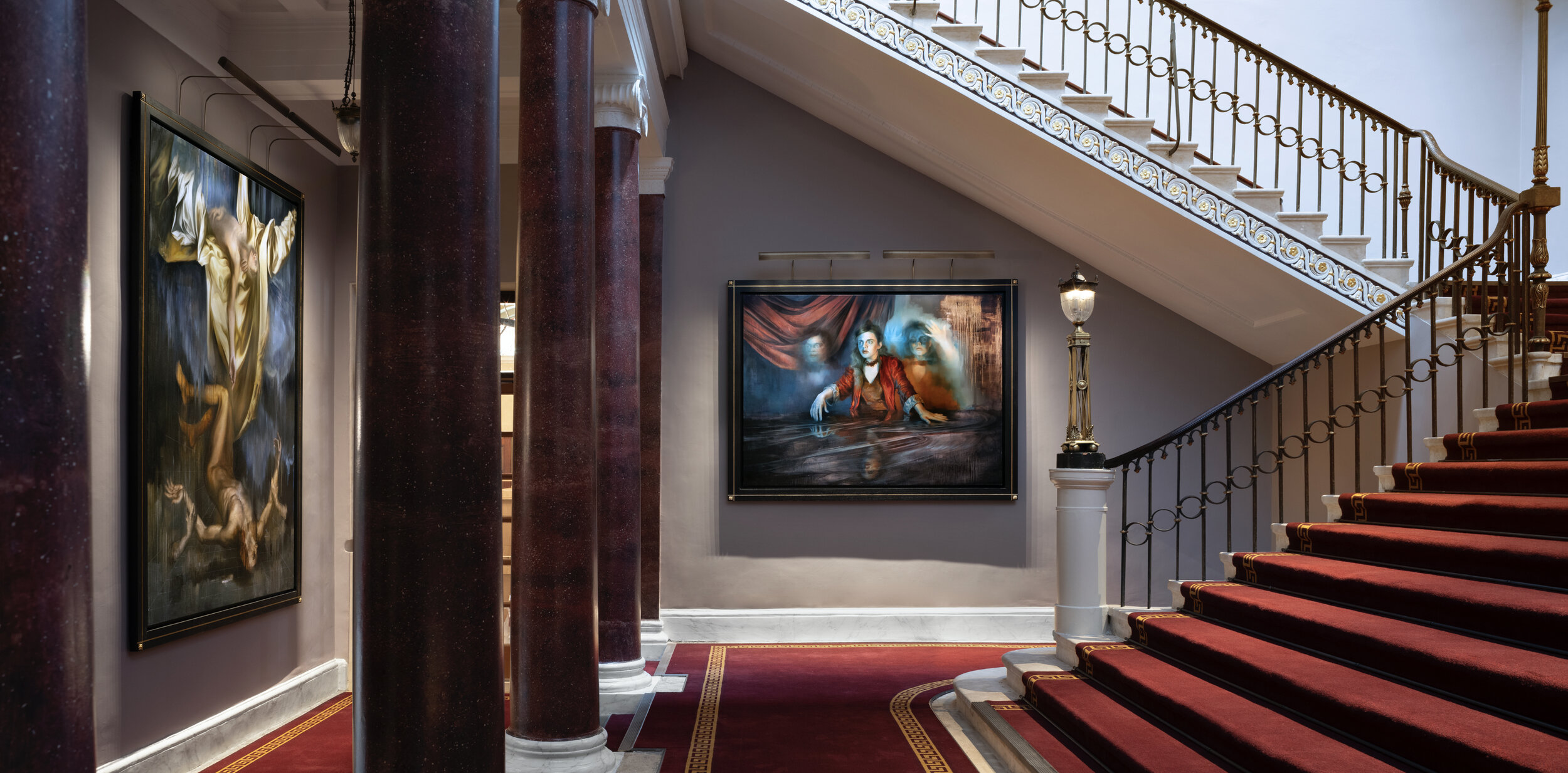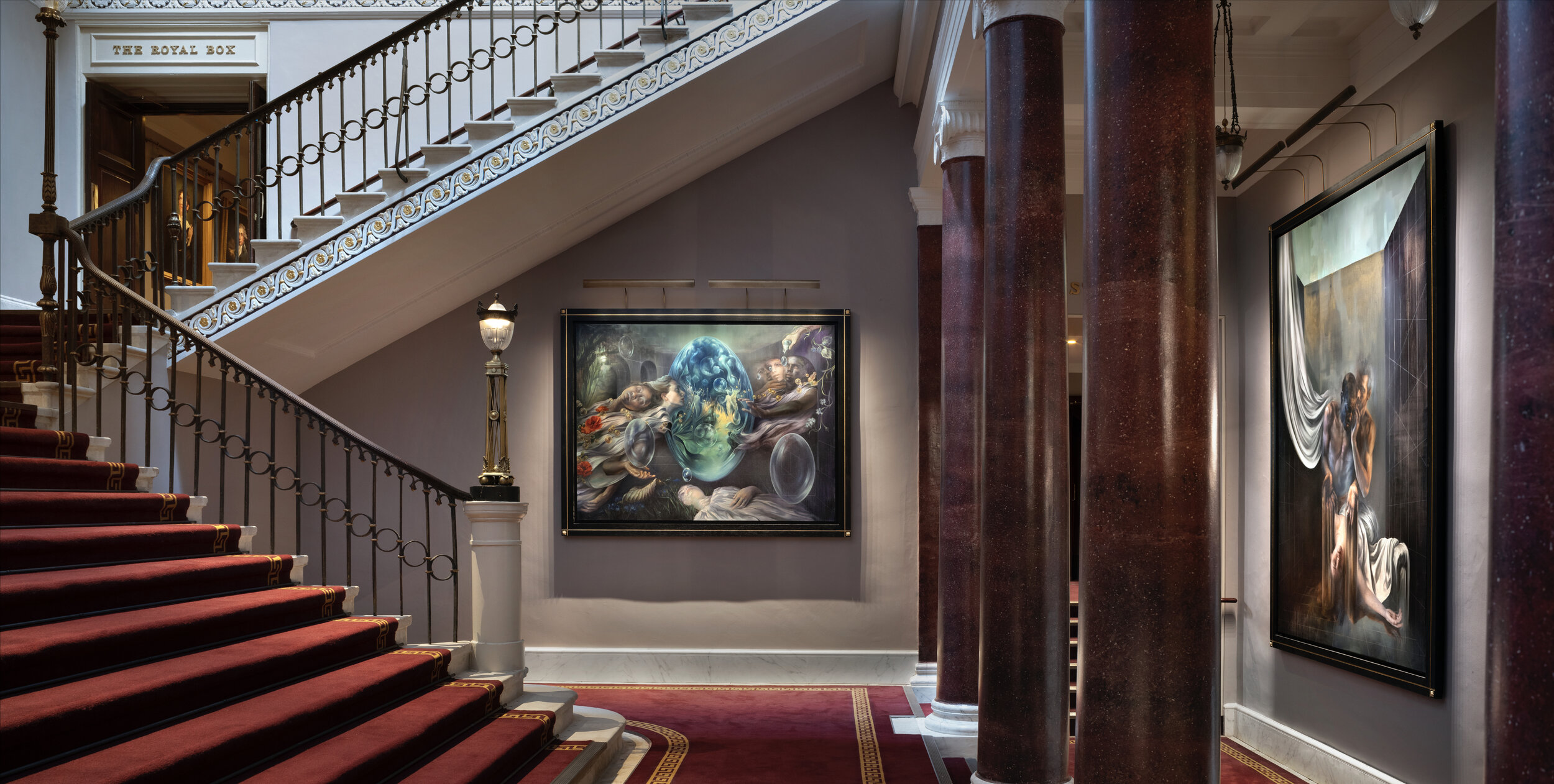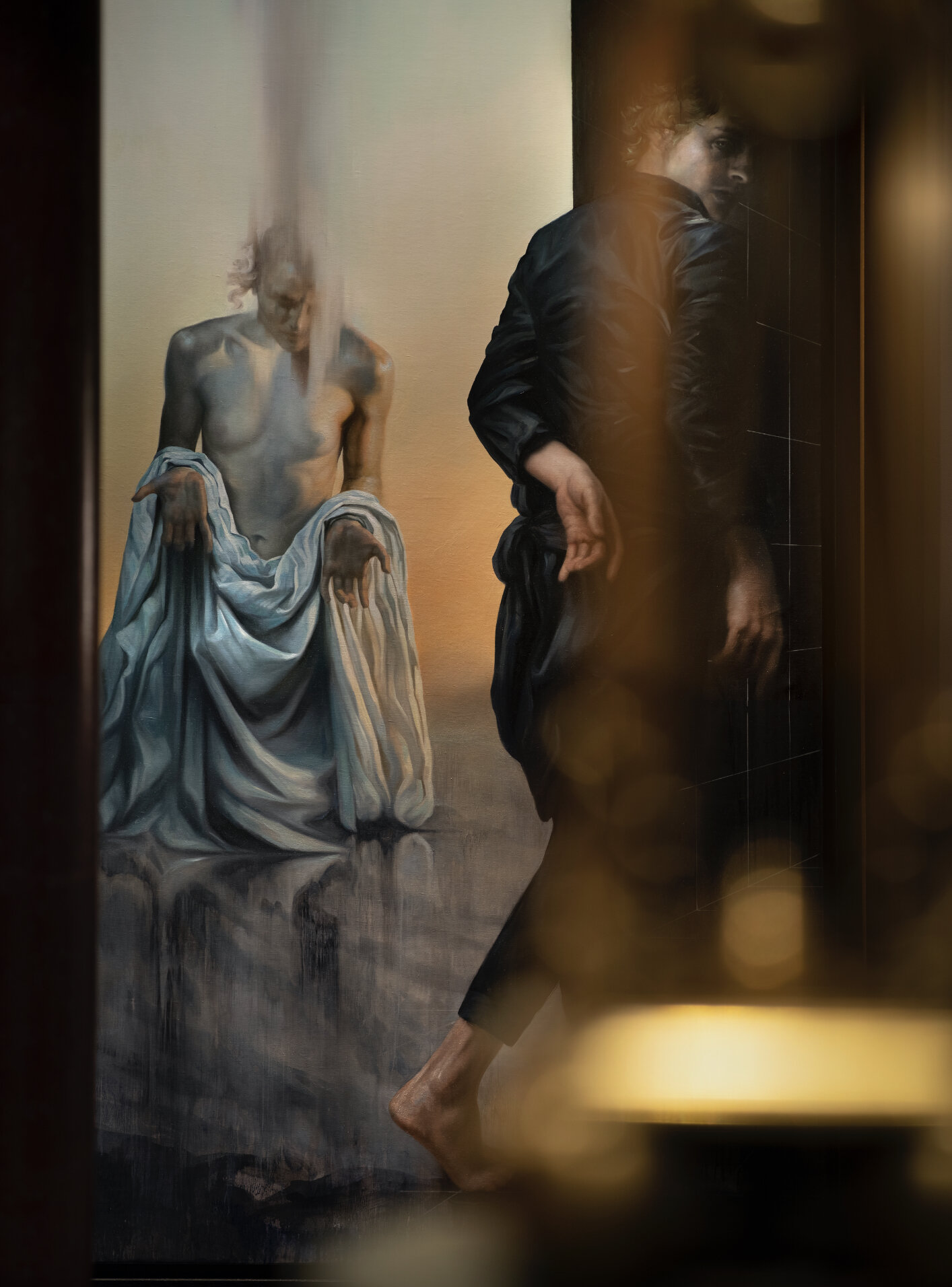The Shakespeare Cycle
Andrew Lloyd Webber commissions Maria Kreyn for a cycle of monumental paintings based on Shakespeare, now on permanent display in the lobby of London’s iconic, newly restored, Theater Royal Drury Lane.
/
1
2
3
4
5
6
7
8
9
10
11
12
13
14
15
16
17
18
19
20
21
22
23
24
·
·
·
·
·
·
·
·
·
·
·
·
·
·
·
·
·
·
·
·
·
·
·
·























